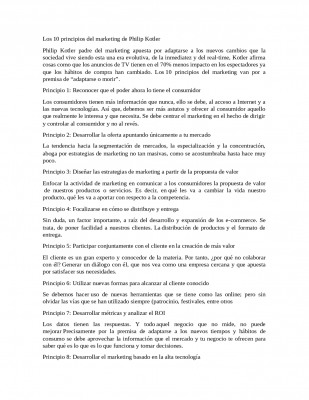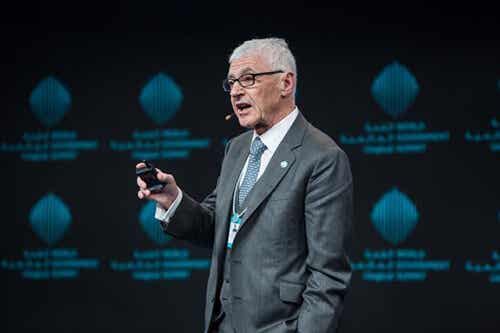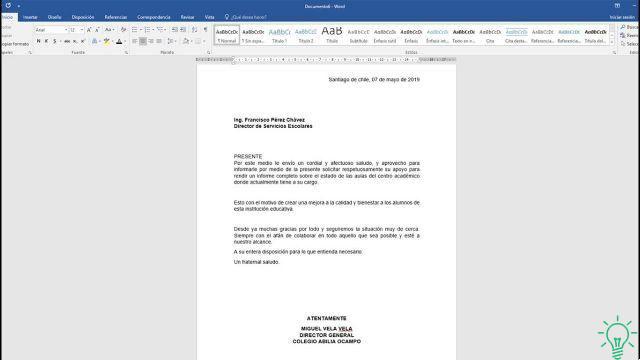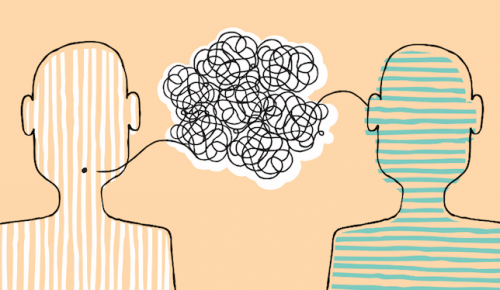Precarious jobs, toxic workplaces, bosses who violate rights ... Burnout syndrome will soon become an occupational disease. WHO is already aware of the wear and tear that causes this pathology.

Written and verified by the psychologist GetPersonalGrowth.
Last update: 15 November 2021
Burnout syndrome needed recognition. The World Health Organization (WHO) will finally classify it as it deserves. It will therefore go from being a simple medical condition to an occupational disease. You can get sick leave and even get a disability.
However, there are those who do not look favorably on this news, there are critical voices who have another perspective. Viewing burnout syndrome as a mental disorder resulting from poor working conditions, a toxic work environment, or an exploitative employer means paying attention to several relevant aspects of the job. Work exhaustion is not only resolved with treatment or absence from work. The problem is to create better working conditions.
The WHO wanted to take a step forward by classifying this psychological reality that is very common today. A positive action that should be the beginning of a new awareness. Surely, better medical care and more support can be guaranteed. The root of the problem is not in the worker, but in a precarious labor market.
Despite the skeptical rumors, we have to admit that this is good news. And it is because it represents the beginning of a change that recognizes an undeniable fact: the exhaustion and stress caused by certain work environments significantly reduce the quality of our life.
According to WHO studies, psychological burnout occurs when the demands of a job far outweigh the reward, recognition, and rest times.
Burnout syndrome or emotional exhaustion syndrome
Burnout syndrome will appear in the next International Classification of Diseases (ICD-11) drawn up by the World Health Organization (WHO). It will take place in 2022 and will be included in the section "problems related" to employment or unemployment with the code QD85.
It still takes a few years for the new classification to become effective, but it is in any case the recognition of a reality that until now did not exist or was not well framed.
Until now, the disorder associated with chronic work-related stress was loosely defined as "problems related to difficulties in controlling life". How can we see, direct reference to work was absent, an aspect that allows you to manage cases and highlight an undeniable social reality.
The statistics also inform us that Burnout Syndrome is already an epidemic. Christina Maslach, professor emeritus at the University of California at Berkeley, is one of the foremost experts on work-related exhaustion.
He began to study this phenomenon as early as the seventies and nowadays highlights an increase in this reality. Burnout syndrome is devastating: it stifles ambitions, idealism and makes people lose value.
The high personal cost of burnout syndrome
Dr. Armita Golkar of Karolinska University in Sweden conducted a study in 2014 in which she proved a truly surprising fact. The emotional exhaustion and negativity caused by work stress can dramatically change a worker's brain.
- The effects are similar to those of childhood trauma. Areas such as the amygdala and the anterior cingulate cortex become activated causing the person to be in constant alarm, distress, and even post-traumatic stress.
- Burnout syndrome is related to coronary heart disease. It has been found that it is very common to suffer from musculoskeletal pain, prolonged fatigue, headache, gastrointestinal upset, insomnia, depression, etc.
- Work exhaustion and stress appear in every area and category of work. Doctors, health workers, prison guards, warehouse workers, teachers, etc. suffer from it. No one is immune from this pathology.
What will be achieved with the new classification?
The new international classification of diseases (ICD-11) of 2022 will establish that 3 obvious symptoms must appear to diagnose this occupational disease:
- Extreme exhaustion symptoms.
- Negativity and persistent distress.
- Decreased work efficiency.
With this new classification, WHO seeks to:
- Giving visibility to Burnout Syndrome and providing a real number of cases that were not diagnosed to date.
- Achieve the above goal and focus on the psychosocial factors of work.
- Establish better working conditions and protect workers from stress resulting from overloaded jobs, impossible hours and precarious working conditions.
The introduction of these innovations gives us hope. And we will be happier if there are no simple palliative solutions left. It will not be useful to give a worker permission to follow therapy if he then has to return to work under the same conditions. It is worth reflecting on this reality.
























